
Kód: 02260925
History of Polyolefins
Autor F.B. Seymour, ai Cheng
The word Polyethylene was probably first pronounced in a lecture which M. P. E. Berthelot delivered on April ,27, 1863 to the Chemical Society in Paris, reporting on the "polymerization" of various simple organic compounds (1). Mu ... celý popis
- Jazyk:
 Angličtina
Angličtina - Väzba: Brožovaná
- Počet strán: 336
Nakladateľ: Springer, 2013
- Viac informácií o knihe

215.20 €

Skladom u dodávateľa v malom množstve
Odosielame za 12 - 17 dní
Potrebujete viac kusov?Ak máte záujem o viac kusov, preverte, prosím, najprv dostupnosť titulu na našej zákazníckej podpore.
Pridať medzi želanie
Mohlo by sa vám tiež páčiť
-

Informal Sector Innovations
82.03 € -

Angel in the Fire
37.16 € -

Companion Playbook 2016
12.82 € -
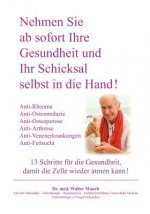
Nehmen Sie ab sofort Ihre Gesundheit und Ihr Schicksal selbst in die Hand! Band II
31.82 € -
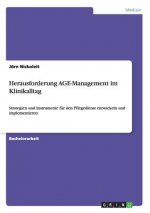
Herausforderung AGE-Management im Klinikalltag
71.86 € -
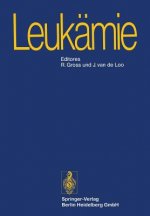
Leuk mie
152.57 €
Darčekový poukaz: Radosť zaručená
- Darujte poukaz v ľubovoľnej hodnote, a my sa postaráme o zvyšok.
- Poukaz sa vzťahuje na všetky produkty v našej ponuke.
- Elektronický poukaz si vytlačíte z e-mailu a môžete ho ihneď darovať.
- Platnosť poukazu je 12 mesiacov od dátumu vystavenia.
Viac informácií o knihe History of Polyolefins
Nákupom získate 530 bodov
 Anotácia knihy
Anotácia knihy
The word Polyethylene was probably first pronounced in a lecture which M. P. E. Berthelot delivered on April ,27, 1863 to the Chemical Society in Paris, reporting on the "polymerization" of various simple organic compounds (1). Much later this work appeared twice in the literature before the classical ICI breakthrough in the 1930's which is so colorfully described in Ballard's lecture. Once it came up at the end of the last century when H. von Pechmann obtained "a white flocculant material" from the decomposition of diazomethane which, one year later, was termed to be "polymethylene" - (CH ) - from E. Bamberger 2 and F. Tschiemer (1). At that time the investigators were disappointed about this product because it was not what they had expected to find in their experiments. As a result any further work was discontinued. The second time that the word polyethylene appeared in the literature to describe a "white solid powder" was in 1930 when C. S. Marvel and M. E. P. Friedericks (2) attempted to prepare alkylated As compounds in which all five valencies were covalently bonded to five monovalent-aTkyl groups. They reacted Tetra-ethyl-arsenium bromide with butyllithium and expected to get tetra ethyl butyl arsenium. Instead they obtained LiBr + AsEt3 + gaseous products. Delicate and somewhat time-consuming analysis gave a surprising result: ethane and C 's were there in the 4 expected quantities but ethylene was missing - or almost missing - in the gas mixture.
 Parametre knihy
Parametre knihy
Zaradenie knihy Knihy po anglicky Mathematics & science Chemistry Organic chemistry
215.20 €
- Celý názov: History of Polyolefins
- Podnázov: The World's Most Widely Used Polymers
- Autor: F.B. Seymour, ai Cheng
- Jazyk:
 Angličtina
Angličtina - Väzba: Brožovaná
- Počet strán: 336
- EAN: 9789401089166
- ISBN: 9401089167
- ID: 02260925
- Nakladateľ: Springer
- Hmotnosť: 539 g
- Rozmery: 235 × 155 × 20 mm
- Dátum vydania: 01. July 2013
Obľúbené z iného súdka
-
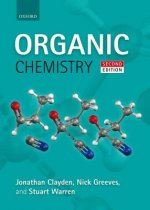
Organic Chemistry
78.85 € -2 % -
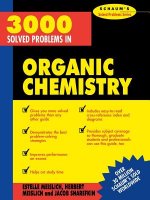
3000 Solved Problems in Organic Chemistry
42.70 € -14 % -
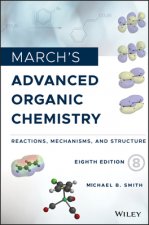
March's Advanced Organic Chemistry - Reactions, Mechanisms, and Structure, Eighth Edition
241.69 € -
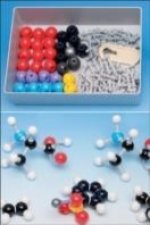
Molymod MMS-003
51.33 € -
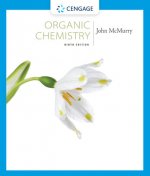
Organic Chemistry
110.16 € -
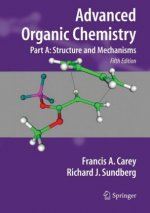
Advanced Organic Chemistry
104.41 € -7 % -

Advanced Organic Chemistry
80.39 € -
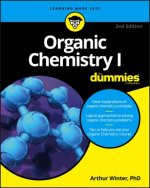
Organic Chemistry I For Dummies, 2nd Edition
20.94 € -20 % -
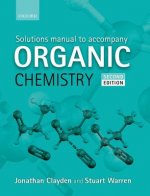
Solutions Manual to accompany Organic Chemistry
128.03 € -
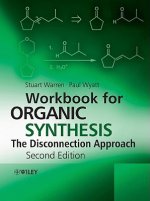
Workbook for Organic Synthesis: The Disconnection Approach
59.75 € -

Molecular Orbitals and Organic Chemical Reactions - Student Edition
86.14 € -
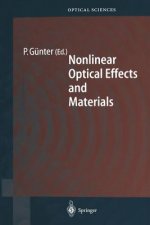
Nonlinear Optical Effects and Materials
71.04 € -
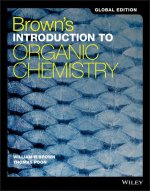
Brown's Introduction to Organic Chemistry
67.76 € -5 % -
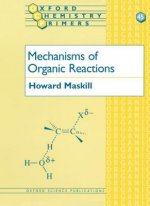
Mechanisms of Organic Reactions
44.04 € -
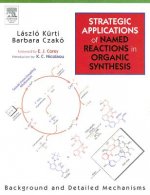
Strategic Applications of Named Reactions in Organic Synthesis
121.15 € -5 % -
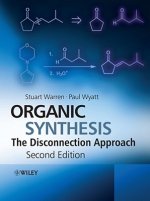
Organic Synthesis - The Disconnection Approach 2e
43.63 € -1 % -
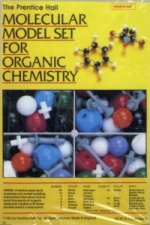
Molecular Model Set for Organic Chemistry
33.98 € -
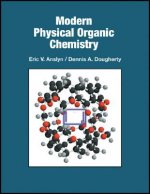
Modern Physical Organic Chemistry
181.52 € -
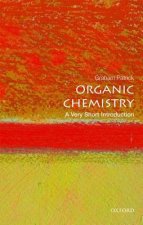
Organic Chemistry: A Very Short Introduction
10.16 € -22 % -
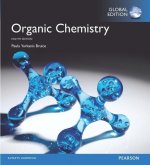
Organic Chemistry, Global Edition
101.64 € -
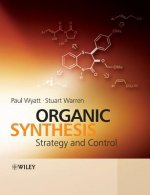
Organic Synthesis - Strategy and Control
127.72 € -
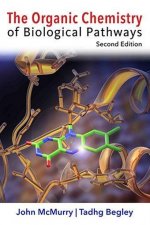
Organic Chemistry of Biological Pathways
103.90 € -8 % -

Fundamentals of Organic Chemistry, International Edition
104.41 € -
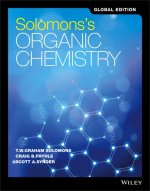
Solomons' Organic Chemistry
74.12 € -4 % -
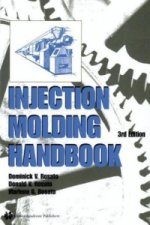
Injection Molding Handbook
91.68 € -
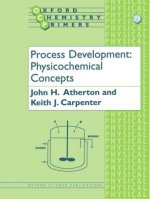
Process Development
39.21 € -
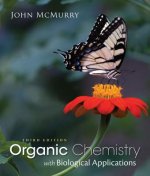
Organic Chemistry with Biological Applications
127.21 € -
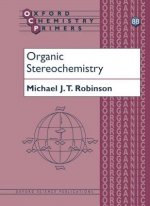
Organic Stereochemistry
44.04 € -
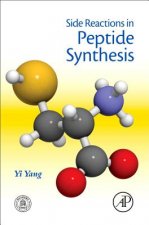
Side Reactions in Peptide Synthesis
139.22 € -

Amino Acids and Proteins for the Athlete: The Anabolic Edge
294.88 € -
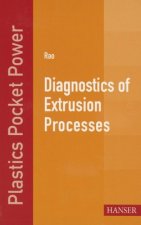
Diagnostics of Extrusion Processes
17.65 € -

Silica Aerogel Composites
114.06 € -
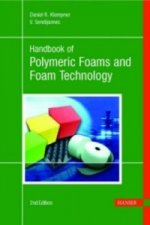
Polymeric Foams and Foam Technology
343.55 € -
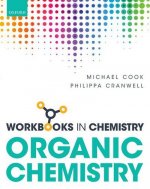
Workbook in Organic Chemistry
39.21 € -
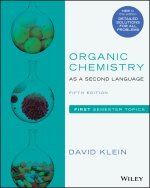
Organic Chemistry as a Second Language - First Semester Topics, Fifth Edition
96.10 € -
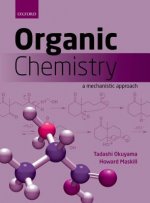
Organic Chemistry
157.29 € -
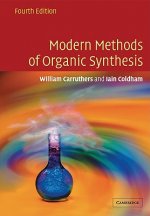
Modern Methods of Organic Synthesis
143.74 € -
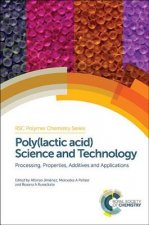
Poly(lactic acid) Science and Technology
284.51 € -
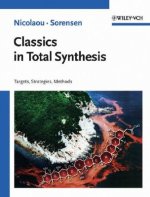
Classics in Total Synthesis - Targets, Strategies, Methods
104.52 € -

Workbook for Organic Synthesis - Strategy and Control
113.14 € -

Organometallics 3e
84.39 € -15 % -
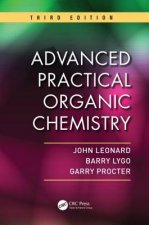
Advanced Practical Organic Chemistry
119.71 € -
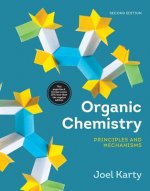
Organic Chemistry
179.47 € -5 % -

Chemistry of the Carbonyl Group - A Step-by-Step Approach to Understanding Organic Reaction Mechanisms - Revised Edition
62.42 € -
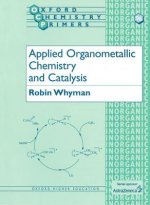
Applied Organometallic Chemistry and Catalysis
44.04 € -
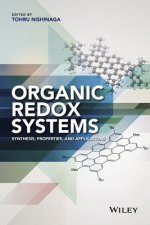
Organic Redox Systems - Synthesis, Properties, and Applications
258.84 € -

Organometallics and Catalysis: An Introduction
62.73 € -8 % -
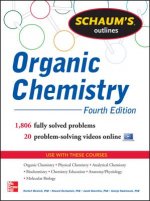
Schaum's Outline of Organic Chemistry
29.15 € -14 % -
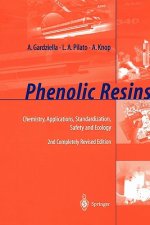
Phenolic Resins
629 €
Osobný odber Bratislava a 2642 dalších
Copyright ©2008-24 najlacnejsie-knihy.sk Všetky práva vyhradenéSúkromieCookies


 21 miliónov titulov
21 miliónov titulov Vrátenie do mesiaca
Vrátenie do mesiaca 02/210 210 99 (8-15.30h)
02/210 210 99 (8-15.30h)